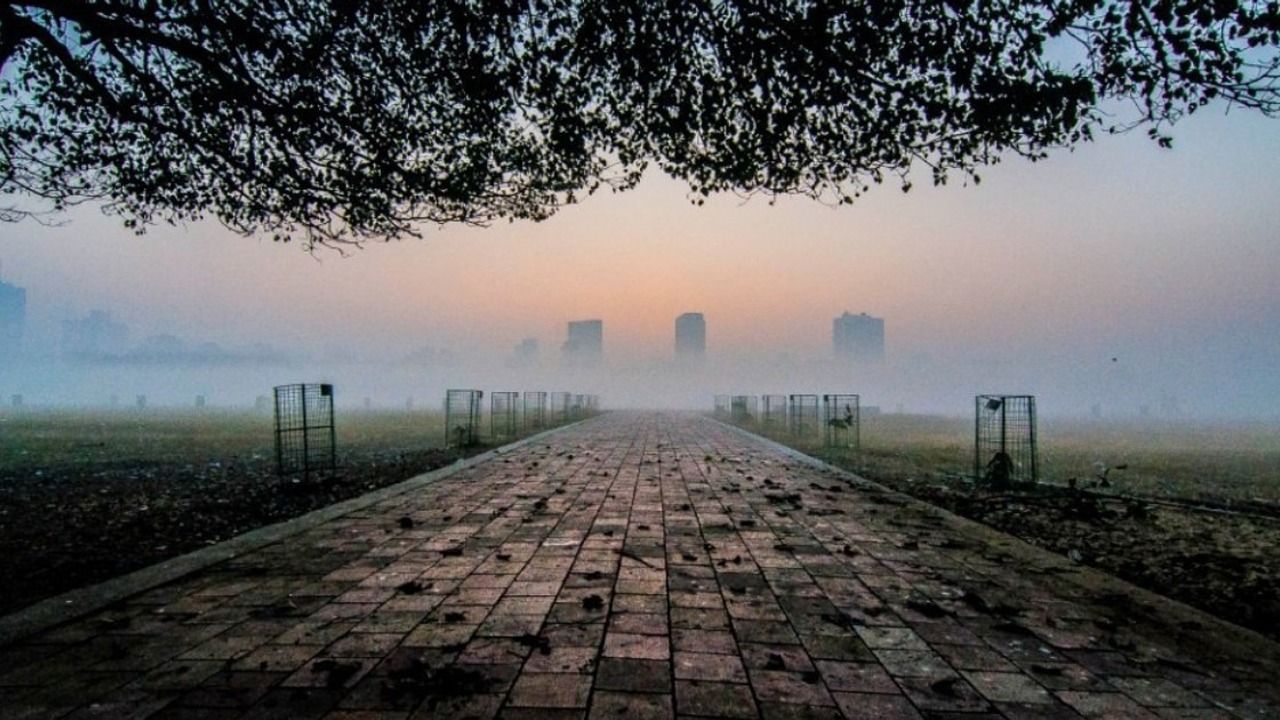The Celebration of Indian Culture Through Songs in Ratha Yatra at Puri
Ratha Yatra, the grand chariot festival of Lord Jagannath, held annually in Puri, Odisha, is not just a religious event but a cultural extravaganza. It is a time when the streets of Puri come alive with the vibrancy of devotion and celebration. At the heart of this magnificent festival is the music—an integral part that elevates the spiritual experience for millions of devotees. Indian cultural songs, with their rich heritage and profound emotional depth, play a pivotal role in Ratha Yatra, creating a divine ambiance that is both captivating and soul-stirring.
A Symphony of Devotion
Ratha Yatra, also known as the Festival of Chariots, marks the annual journey of Lord Jagannath, his brother Balabhadra, and sister Subhadra from the Jagannath Temple to the Gundicha Temple. This journey is accompanied by a vast array of traditional songs that resonate with the essence of devotion. The air is filled with the melodious tunes of bhajans, kirtans, and chhandas that narrate the stories of Lord Jagannath and glorify his divine attributes.
The Melodic Journey
The musical journey of Ratha Yatra begins with the preparation phase, where devotees engage in singing ‘Bhajans’ that praise Lord Jagannath and seek his blessings for a successful festival. These bhajans, sung in Odia and Sanskrit, are simple yet profound, and their repetitive, hypnotic tunes invoke a sense of tranquility and devotion.
During the procession, the rhythm intensifies. The ‘Kirtans’ take center stage, with groups of devotees singing and dancing in unison. Kirtans are more dynamic than bhajans, often involving call-and-response patterns, which encourage active participation from the crowd. The most popular kirtans sung during Ratha Yatra include “Jagannath Swami Nayana Pathagami Bhava Tume” and “Balabhadra Prana Naatha He.” These kirtans are accompanied by traditional instruments like the mridangam, kartals, and cymbals, creating a pulsating rhythm that reverberates through the streets.
Traditional Instruments and their Significance
The traditional instruments used during Ratha Yatra add a unique dimension to the musical experience. The ‘mridangam’, a double-headed drum, provides the primary rhythm, while the ‘kartals’ (wooden clappers) and ‘cymbals’ accentuate the beats. The conch shell, or ‘shankha’, is also blown at intervals, symbolizing auspicious beginnings and driving away negative energies.
The ‘ghantas’ (bells) and ‘dhols’ (large drums) played by dedicated musicians add to the fervor, ensuring that the divine music reaches every corner of the procession route. Each instrument has its own symbolic significance, representing different aspects of divinity and cosmic order.
The Role of Devotional Songs in Enhancing Spiritual Experience
Devotional songs sung during Ratha Yatra do more than just provide a soundtrack to the festival. They enhance the spiritual experience by creating an atmosphere of unity and devotion. As devotees sing and dance together, they transcend their individual identities and become part of a larger, collective consciousness. This communal participation in music and dance fosters a sense of belonging and reinforces the spiritual bond between the devotees and the divine.
The Influence of Regional Folk Music
The influence of regional folk music is also evident in the songs performed during Ratha Yatra. The traditional ‘Jhulana Gita’, ‘Janana’, and ‘Sankirtana’ styles from Odisha blend seamlessly with the festival’s devotional songs. These folk styles bring in local flavors, enriching the musical tapestry of Ratha Yatra. The lyrics of these songs often depict the playful and compassionate nature of Lord Jagannath, making them relatable and endearing to the masses.
Preserving the Cultural Heritage
Ratha Yatra is not only a celebration of devotion but also a preservation of cultural heritage. The traditional songs performed during the festival have been passed down through generations, ensuring that the rich musical traditions of Odisha continue to thrive. These songs, with their timeless appeal, connect the present generation with their cultural roots and provide a sense of continuity.
Conclusion
The Indian cultural songs of Ratha Yatra in Puri are a testament to the rich musical heritage of the region. They embody the spirit of devotion, community, and tradition, making the festival a truly transcendent experience. As the chariots of Lord Jagannath, Balabhadra, and Subhadra roll through the streets, the resonating rhythms of these songs create a divine symphony that touches the hearts of millions, reaffirming their faith and devotion.







There are no comments